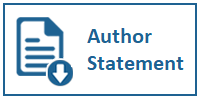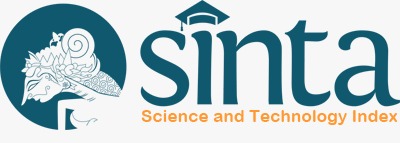Design of a Nutrient and Environment Monitoring IoT Device in Vertical Hydroponic System
DOI:
https://doi.org/10.31937/sk.v17i1.4145Abstract
This study presents the design and performance evaluation of an Internet of Things (IoT)-based nutrient and environmental monitoring device for vertical hydroponic farming. The system employs multiple sensors to measure pH, Total Dissolved Solids (TDS), nutrient temperature, air temperature, and air humidity. Data are transmitted via ESP32 and integrated with the Arduino IoT Cloud, enabling real-time monitoring through a web dashboard and IoT Remote mobile application. A 10-day testing period was conducted to compare sensor outputs against standard calibrator references. The device demonstrated minimal bias (e.g., 0.20 for pH, 0.51"¯°C for nutrient temperature) and high precision (100.00%) across all parameters. Accuracy ranged from 92.33% (TDS) to 98.24% (nutrient temperature), while error rates were relatively low (e.g., 1.76% for nutrient temperature and 7.67% for TDS). These findings validate the system's reliability and consistency, supporting its potential for scalable implementation in precision-controlled, real-time monitoring applications within urban agriculture.
Downloads
Downloads
Published
How to Cite
Issue
Section
License
Copyright (c) 2025 Ricardo Linelson, Fahmy Rinanda Saputri

This work is licensed under a Creative Commons Attribution-ShareAlike 4.0 International License.
Authors retain copyright and grant the journal right of first publication with the work simultaneously licensed under a Creative Commons Attribution-ShareAlike International License (CC-BY-SA 4.0) that allows others to share the work with an acknowledgment of the work's authorship and initial publication in this journal.
Authors are able to enter into separate, additional contractual arrangements for the non-exclusive distribution of the journal's published version of the work (e.g., post it to an institutional repository or publish it in a book), with an acknowledgment of its initial publication in this journal.
Copyright without Restrictions
The journal allows the author(s) to hold the copyright without restrictions and will retain publishing rights without restrictions.
The submitted papers are assumed to contain no proprietary material unprotected by patent or patent application; responsibility for technical content and for protection of proprietary material rests solely with the author(s) and their organizations and is not the responsibility of the ULTIMA Computing or its Editorial Staff. The main (first/corresponding) author is responsible for ensuring that the article has been seen and approved by all the other authors. It is the responsibility of the author to obtain all necessary copyright release permissions for the use of any copyrighted materials in the manuscript prior to the submission.















